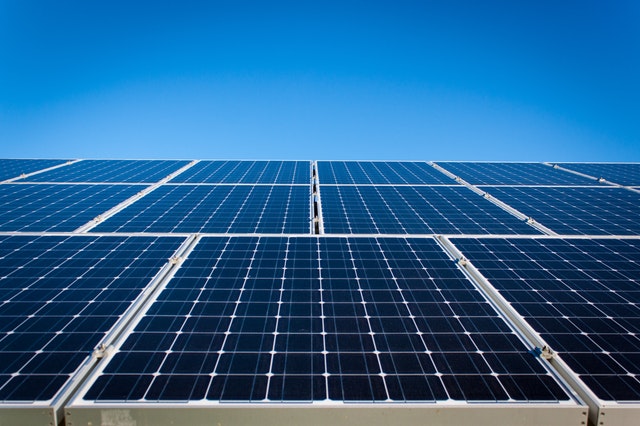The Economics Of Going Green For Home Sales
 Earth Day is celebrated each year in April to remind us all of the benefits of ecologically-sound living that is more in harmony with Mother Earth. There is quite a bit of positive news when it comes to going “green.” There are significant benefits for home sales.
Earth Day is celebrated each year in April to remind us all of the benefits of ecologically-sound living that is more in harmony with Mother Earth. There is quite a bit of positive news when it comes to going “green.” There are significant benefits for home sales.
Green homes may sell faster and for higher prices. Many people are willing to pay more for a green home in order to receive the long-term benefits of the savings on utility costs.
The Numbers Are Very Appealing
AHS reports many encouraging statistics. The estimates are about one-third of the real estate market for single family homes in 2016 was for green homes. The National Association of Builders says that 90% of home buyers consider looking for energy-efficient green homes to be a high priority when shopping for a home.
About 61% are willing to pay up to $5,000 more for a home that as low utility bills because of its green design. The Earth Advantage Study concluded that a green home, which is certified sells for up to 35% more than non-certified home.
The Green Value Proposition
Lawdepot reports that for every dollar that the utility bill is reduced for a home, the average resale value increases from 15 up to 20 dollars.
Here are some cost-effective investments that improve a home’s resale value:
- Energy-Efficient Windows and Doors: Old, leaky windows and doors are horrible energy-wasters. Upgrade windows and doors to drastically lower energy costs. This also dramatically improves a home’s curb appeal. In terms of resale value, the return on investment is up to 100% over the cost of the installation.
- LEED Certification: A home that has a LEED certification for energy-efficiency can sell for up to 35% more than a non-certified home.
- Insulation: Upgrading attic insulation with high-performance blown fiberglass returns about 17% over the cost of the installation.
- Solar Energy System: Solar energy installations return about 97% of the cost upon resale according to a study conducted by the National Bureau of Economic Research. Depending on the tax incentives and how much was saved on utility bills before the home is sold, there is typically a net positive financial benefit to a homeowner for installing a solar energy system. Moreover, these homes continue to operate normally in a grid-down emergency, which is a big selling point.
Conclusion
Going green, in these suggested ways, helps maximize a home’s resale value. This is helpful for the environment and makes excellent financial sense. Green homes are very attractive to potential buyers, especially in areas that typically have high monthly utility bills.
If going green is a priority to you, be sure to discuss energy efficient incentives and home improvement loans with your trusted mortgage professional.


 According to the US Department of Energy, the average American household paid $111.67 each month for utilities in 2017. With some research and a few DIY projects, property owners can reduce those energy costs without sacrificing comfort or convenience.
According to the US Department of Energy, the average American household paid $111.67 each month for utilities in 2017. With some research and a few DIY projects, property owners can reduce those energy costs without sacrificing comfort or convenience. There are so many ways in which you can green up your home and make it more sustainable these days. Many people are considering tankless water heaters. While this can certainly be the right option depending on the space you have and the type of water you use, here are some things to consider before you decide to invest in the switch.
There are so many ways in which you can green up your home and make it more sustainable these days. Many people are considering tankless water heaters. While this can certainly be the right option depending on the space you have and the type of water you use, here are some things to consider before you decide to invest in the switch. From small touches such as new lighting to larger efforts such as tiling the porch or stoop, creating curb appeal is one of the best investments you can make to resell your home fast.
From small touches such as new lighting to larger efforts such as tiling the porch or stoop, creating curb appeal is one of the best investments you can make to resell your home fast.